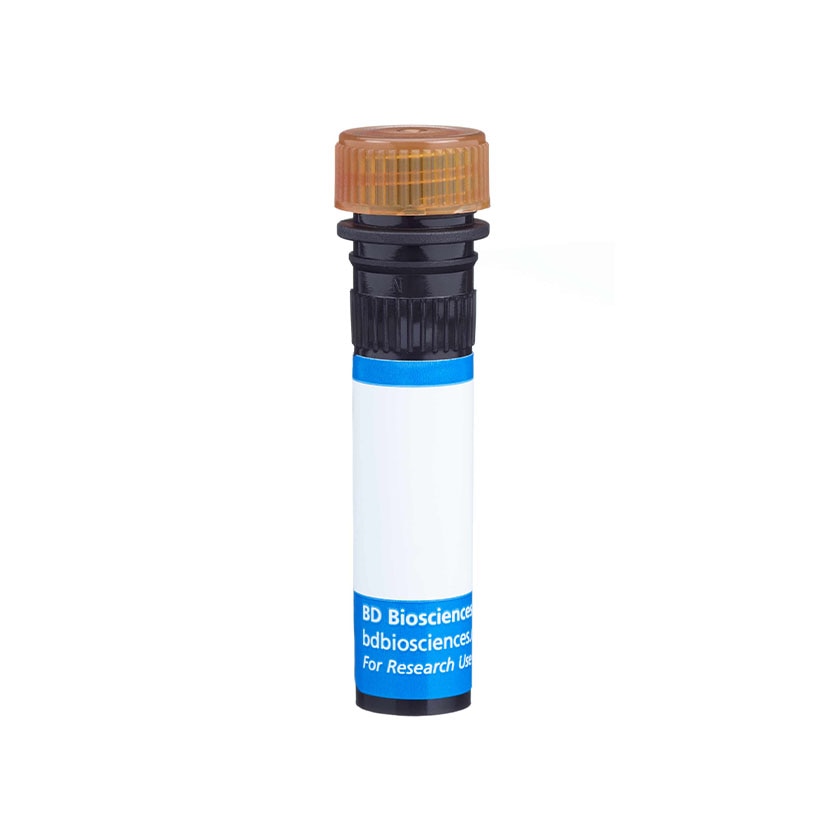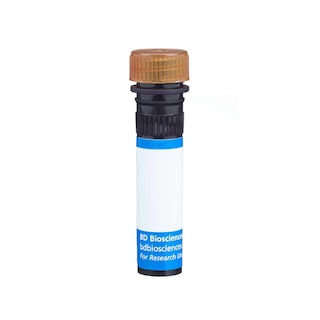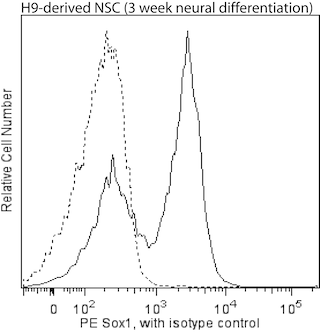-
Training
- Flow Cytometry Basic Training
-
Product-Based Training
- BD FACSDiscover™ S8 Cell Sorter Product Training
- Accuri C6 Plus Product-Based Training
- FACSAria Product Based Training
- FACSCanto Product-Based Training
- FACSLyric Product-Based Training
- FACSMelody Product-Based Training
- FACSymphony Product-Based Training
- HTS Product-Based Training
- LSRFortessa Product-Based Training
- Advanced Training
-
- BD FACSDiscover™ S8 Cell Sorter Product Training
- Accuri C6 Plus Product-Based Training
- FACSAria Product Based Training
- FACSCanto Product-Based Training
- FACSLyric Product-Based Training
- FACSMelody Product-Based Training
- FACSymphony Product-Based Training
- HTS Product-Based Training
- LSRFortessa Product-Based Training
- United States (English)
-
Change country/language
Old Browser
This page has been recently translated and is available in French now.
Looks like you're visiting us from {countryName}.
Would you like to stay on the current country site or be switched to your country?




Intracellular staining of Pax-6 in neural induction of human embryonic stem (ES) cells. H9 human ES cells (WiCell, Madison, WI) were cultured in mTeSR® (Stem CellTechnologies) on plates coated with BD Matrigel™ hESC-qualified Matrix (Cat. No. 354277). Embryoid bodies (EB) were made and cultured in medium containing Knockout™ Serum Replacement (Life Technologies) without bFGF for 24 hours and then in medium containing 250 ng/ml human recombinant noggin (R&D Systems) and 10 mM SB 431542 (Tocris) for 4 more days. The EB were then plated on BD Matrigel-coated plates and grown in medium with ITS supplement (Sigma-Aldrich), noggin, and SB 431542. After growth for 7 days, the cells were collected, fixed with BD Cytofix™ Fixation Buffer (Cat. No. 554655), and permeabilized with BD Phosflow™ Perm Buffer III (Cat. No. 558050). The cells were then stained with PerCP-Cy™5.5 Mouse anti-Human Pax-6 and PE Mouse anti-Human Sox1 (Cat. No.561592). The plot was derived from gated events based on light scattering characteristics for the neural induction. Flow cytometry was performed on a BD™ LSR II flow cytometry system. We do not recommend this conjugate for staining human ES-derived endoderm cells.


BD Pharmingen™ PerCP-Cy™5.5 Mouse anti-Human Pax-6

Regulatory Status Legend
Any use of products other than the permitted use without the express written authorization of Becton, Dickinson and Company is strictly prohibited.
Preparation And Storage
Recommended Assay Procedures
Although this PerCP-Cy5.5 conjugate performs well when staining human ES-derived neural cells, we do not recommend it for staining human ES-derived endoderm cells. We recommend the PE (Cat. No. 561552) and Alexa Fluor® 488 (Cat. No. 561664) conjugates for staining human ES-derived endoderm cells.
Product Notices
- This reagent has been pre-diluted for use at the recommended Volume per Test. We typically use 1 × 10^6 cells in a 100-µl experimental sample (a test).
- An isotype control should be used at the same concentration as the antibody of interest.
- PerCP-Cy5.5–labelled antibodies can be used with FITC- and R-PE–labelled reagents in single-laser flow cytometers with no significant spectral overlap of PerCP-Cy5.5, FITC, and R-PE fluorescence.
- Please observe the following precautions: Absorption of visible light can significantly alter the energy transfer occurring in any tandem fluorochrome conjugate; therefore, we recommend that special precautions be taken (such as wrapping vials, tubes, or racks in aluminum foil) to prevent exposure of conjugated reagents, including cells stained with those reagents, to room illumination.
- PerCP-Cy5.5 is optimized for use with a single argon ion laser emitting 488-nm light. Because of the broad absorption spectrum of the tandem fluorochrome, extra care must be taken when using dual-laser cytometers, which may directly excite both PerCP and Cy5.5™. We recommend the use of cross-beam compensation during data acquisition or software compensation during data analysis.
- For fluorochrome spectra and suitable instrument settings, please refer to our Multicolor Flow Cytometry web page at www.bdbiosciences.com/colors.
- Caution: Sodium azide yields highly toxic hydrazoic acid under acidic conditions. Dilute azide compounds in running water before discarding to avoid accumulation of potentially explosive deposits in plumbing.
- Source of all serum proteins is from USDA inspected abattoirs located in the United States.
- Cy is a trademark of Amersham Biosciences Limited. This conjugated product is sold under license to the following patents: US Patent Nos. 5,486,616; 5,569,587; 5,569,766; 5,627,027.
- This product is subject to proprietary rights of Amersham Biosciences Corp. and Carnegie Mellon University and made and sold under license from Amersham Biosciences Corp. This product is licensed for sale only for research. It is not licensed for any other use. If you require a commercial license to use this product and do not have one return this material, unopened to BD Biosciences, 10975 Torreyana Rd, San Diego, CA 92121 and any money paid for the material will be refunded.
- All other brands are trademarks of their respective owners.
- Please refer to www.bdbiosciences.com/us/s/resources for technical protocols.
Companion Products





Pax-6 is a member of the paired box (pax) gene family whose protein products are transcription factors involved in development. Pax family members share a highly conserved DNA binding domain that contains six alpha helices (paired domain) and a homeo box domain. Pax-6 has important roles in the development of the eye, nose, central nervous system, and pancreas. Defects in Pax-6 are responsible for various eye malformations including aniridia and Peters anomaly.
The O18-1330 monoclonal antibody reacts with human Pax-6. Because the Pax-6 protein sequence is highly conserved among vertebrate species, cross-reactivity with other species is possible.

Development References (4)
-
Cerf ME. Transcription factors regulating beta-cell function. Eur J Endocrinol. 2006; 155(5):671-679. (Biology). View Reference
-
Chambers SM, Fasano CA, Papapetrou EP, Tomishima M, Sadelain M, Studer L. Highly efficient neural conversion of human ES and iPS cells by dual inhibition of SMAD signaling. Nat Biotechnol. 2009; 27(3):275-280. (Methodology). View Reference
-
Glaser T, Walton DS, Maas RL. Genomic structure, evolutionary conservation and aniridia mutations in the human PAX6 gene. Nat Genet. 1992; 2:232-239. (Biology). View Reference
-
Osakada F, Jin ZB, Hirami Y, et al. In vitro differentiation of retinal cells from human pluripotent stem cells by small-molecule induction. J Cell Sci. 2009; 122:3169-3179. (Methodology). View Reference
Please refer to Support Documents for Quality Certificates
Global - Refer to manufacturer's instructions for use and related User Manuals and Technical data sheets before using this products as described
Comparisons, where applicable, are made against older BD Technology, manual methods or are general performance claims. Comparisons are not made against non-BD technologies, unless otherwise noted.
For Research Use Only. Not for use in diagnostic or therapeutic procedures.
Report a Site Issue
This form is intended to help us improve our website experience. For other support, please visit our Contact Us page.